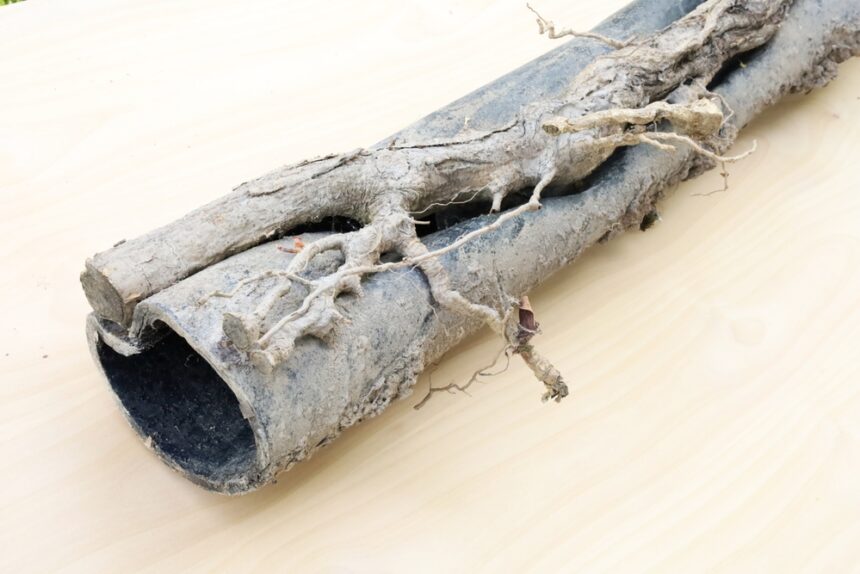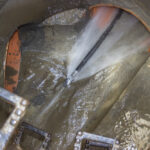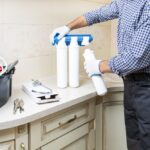A busted pipe underground can turn your life upside down fast. The worst part about it is that signs of damage usually appear after the damage is done.
Don’t be one of the many homeowners who don’t realize trouble under their feet. From pointing out signs of trouble to finding an expert in sewer repair in Renton, WA, here’s how to deal with pipes damaged by external causes.
Understanding External Pipe Damage
Underground pipes are constantly at war with their environment. Tree roots, unstable soil, and heavy surface activity all apply pressure in different ways. Cracks form, joints shift, and sooner or later, problems show up.
“External damage is harder to catch because it’s out of sight,” explains a sewer line repair contractor. “That’s why early detection and regular checks matter.”
The Menace of Tree Roots
Tree roots are moisture-seeking missiles. When they find a pipe, even the smallest crack can invite major intrusion. Roots squeeze in and grow, cracking joints and filling lines with tangles that block flow.
To handle root damage:
- Use a mechanical root cutter or hydro jetting to clear blockages.
- Follow up with trenchless pipe lining to repair the inside without digging.
- Avoid planting water-loving species (like willow or maple) near sewer lines.
The Impact of Unstable Soil
Soil isn’t always predictable. Erosion, poor backfill during construction, or seismic movement can cause the ground to shift. Pipes buried in unstable soil may bend, separate at joints, or collapse altogether.
In these cases, trenchless pipe bursting is a top fix. It replaces the damaged pipe by breaking it apart and pulling a new one through the same space. This avoids digging up your whole yard and creates a stronger, more durable pipe path.
Damage From Heavy Surface Activity
Driveway parking, construction, or even frequent deliveries with heavy trucks can compress soil and stress your pipes. Over time, the pressure adds up and leads to cracks or dropped pipe sections. In some cases, a full replacement is the only reliable solution.
Professional plumbers might:
- Reroute the pipe to avoid future high-pressure zones.
- Use sleeved pipe materials that resist external force better.
- Reinforce the soil bed with proper backfill or concrete encasement.
Mystery Solved: Decoding Strange Pipe Noises
Hearing banging, gurgling, or whistling from your pipes? It’s not just annoying—those sounds often signal hidden damage. Whistling may mean a partial blockage. Gurgling could point to air pockets from a break. Banging might signal pressure fluctuations due to collapsed pipe sections.
If you hear odd sounds, call for an inspection. Technicians can use video pipe inspections to pinpoint problems early, before water starts pooling or your drains stop working.
How To Deal with a Broken Pipe?
What you do after the first few minutes of a pipe emergency matters. Shut off the water main right away to prevent flooding or further soil damage. Then, locate the source. Look for pooling, muddy spots, or drops in water pressure.
Next steps:
- Drain the remaining water from your system.
- Call a plumber for an on-site inspection.
- Avoid DIY digging. This may worsen the damage or hit utility lines.
The Hidden Dangers Beneath Your Driveway
Parking over buried pipes puts pressure from an RV or a fully loaded moving that truck can gradually weaken underground lines. Over time, this repeated stress leads to sagging, fractures, or dislodged joints.
If you suspect pipes under high-traffic areas, consider:
- Reinforced piping materials
- Strategic pipe rerouting
- Reducing heavy vehicle traffic where possible
Is Your Yard Sending You Warnings?
Sudden green patches, soggy spots, or a musty smell in your yard are telling that a pipe is leaking below. Leaks feed the soil with excess moisture, encouraging plant overgrowth and soil instability.
“Lush spots are usually where the worst damage is happening,” shares a plumbing technician. “Leaks turn your yard into a sponge. That’s when things start to shift.”
Mapping What Lies Beneath Your Property
Knowing where your pipes run helps avoid costly mistakes during home projects. Before digging or planting deep roots, use local utility mapping services or hire a plumber to mark underground lines. This small step can prevent major disruptions.
When Your Neighbor’s Problem Becomes Yours
In some neighborhoods, sewer lines are shared between properties. If their section is damaged, your home might still suffer slow drains, backups, or line collapse. Knowing the setup of your shared sewer line is crucial—and so is talking to your neighbor before things go wrong.
External pipe damage can start small but can lead to major repairs and even health hazards if ignored. Whether you’re dealing with strange noises, soggy spots, or slow drains, don’t wait. Call sewer repair services to inspect, diagnose, and protect your home from the ground up.


